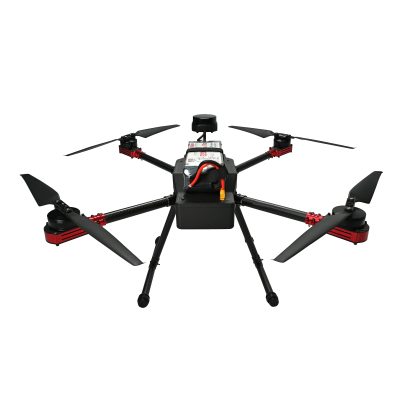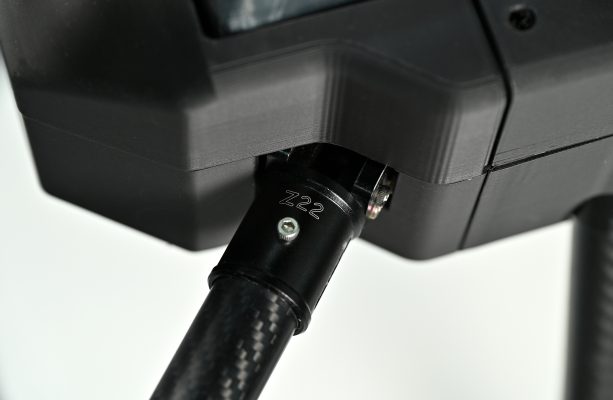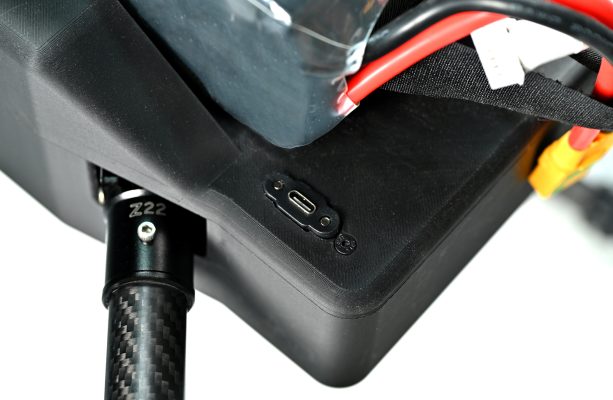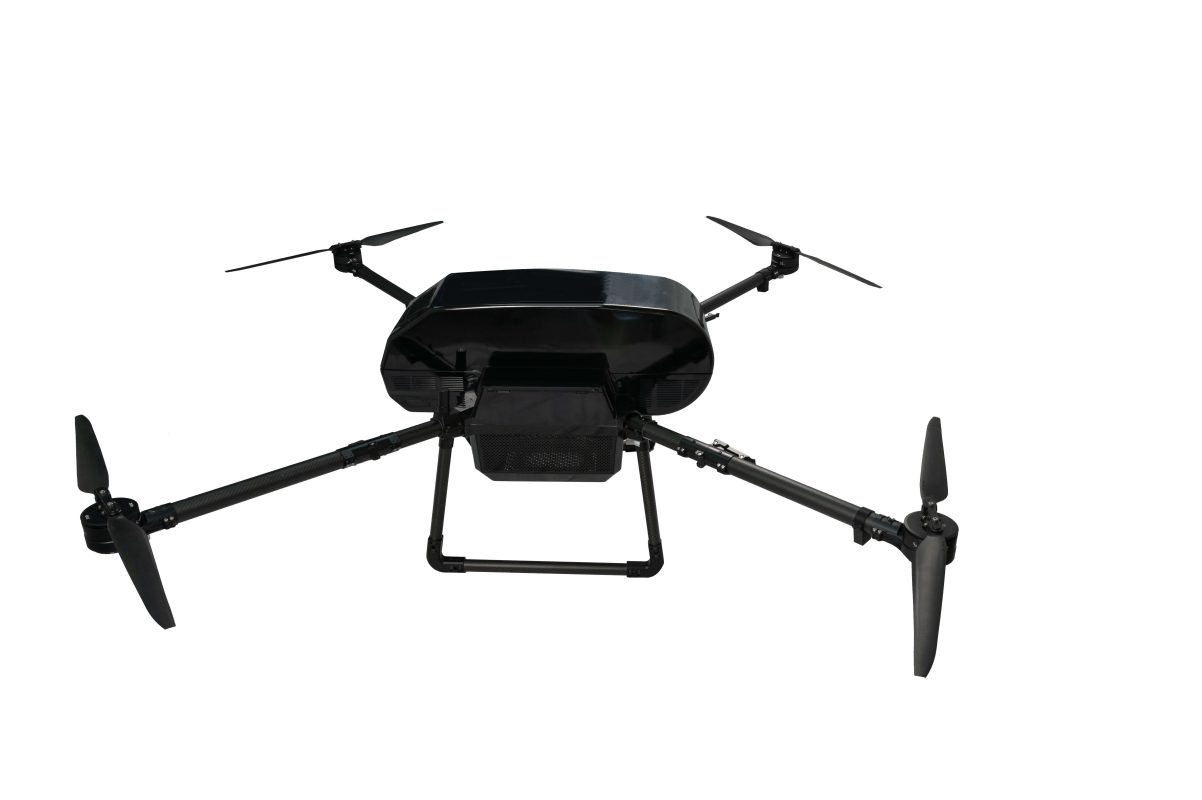Introduction
Crashing is part of learning FPV — but what if you could crash 100 times without breaking anything? That’s exactly what FPV simulators are for. Before taking your first real flight, a simulator can help you build muscle memory, develop reflexes, and understand drone physics — all from the comfort of your room.
In this blog, we’ll explore the top FPV simulators in 2025, how to connect your transmitter, why sim time is crucial for beginners, and what flight routines to practice first.

1. Why Use a Simulator Before Real Flying?
FPV drones are fast, agile, and unforgiving to mistakes. Crashing into a tree, wall, or ground can break motors, arms, or even your wallet. That’s why practicing in a virtual environment is the smartest way to learn.
Benefits of using a simulator:
-
Zero crash cost – crash as many times as you want.
-
Train anytime – bad weather? No problem.
-
Repeat drills – you can fly the same move 100 times until it’s perfect.
-
Improve reflexes – simulators mirror real drone physics.
-
Learn modes – get used to angle, horizon, and acro modes.
2. Top FPV Simulators in 2025
Here are the most popular simulators used by FPV pilots:
-
Liftoff
One of the most beginner-friendly and widely used. Great environments, good physics, supports many controllers. -
Velocidrone
Highly realistic physics and widely used for FPV racing training. Less flashy but more accurate. -
DRL Simulator
Made by the Drone Racing League. Fun, game-like interface, includes tutorials and challenges. -
Uncrashed
Beautiful graphics and great for cinematic flying. Ideal for freestyle practice.
All of these work on PC (some on Mac), and support USB radio transmitters.
3. How to Set Up Your Radio Controller
To use a simulator, you’ll need a radio transmitter that connects via USB. Popular beginner radios include:
-
Radiomaster Zorro
-
FrSky Taranis QX7
-
Jumper T-Pro
Steps:
-
Plug your radio into your PC via USB.
-
Set it to joystick mode.
-
Launch the simulator and calibrate your controls.
-
Assign throttle, pitch, roll, and yaw correctly.
-
You’re ready to fly!
4. Beginner Training Routines
Not sure how to start training? Here are some beginner-friendly drills:
-
Throttle control: Keep your drone hovering at one height.
-
Smooth turns: Practice yaw + roll coordination in circles.
-
Line tracking: Follow imaginary lines through trees or gates.
-
Flip practice (in Acro mode): Get used to rotating without stabilization.
Spending just 20–30 minutes a day can drastically shorten your real-world learning curve.

5. Common Mistakes to Avoid
-
Skipping acro mode too long — it’s hard, but essential for real FPV.
-
Using too much throttle — stay light on the stick.
-
Ignoring controller setup — wrong inputs = bad habits.
-
Comparing too early — don’t rush to match YouTubers; fly your pace.
Conclusion
Simulators are not just for fun — they’re essential tools for anyone serious about FPV. Whether you’re into freestyle, racing, or cinematic flying, a few hours of sim time can save you months of frustration. Start now, and your first real flight will be smoother, safer, and a lot more fun



